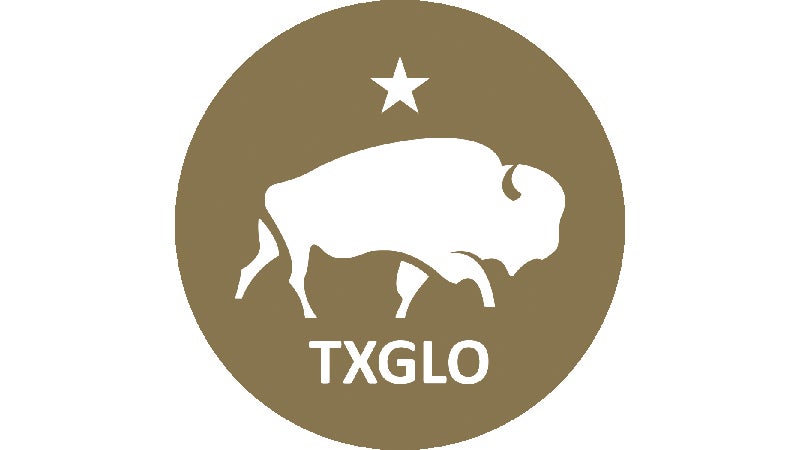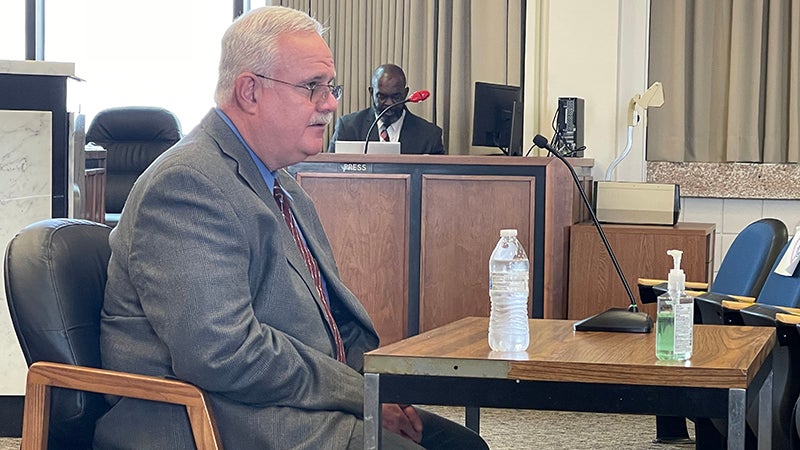GLO says updated flood map used in reimbursement program
Published 12:15 am Thursday, October 31, 2019
A spokesperson for the Texas General Land Office said the U.S. Department of Housing and Urban Development sets rules for the administration of federal grants to aid homeowners affected by Hurricane Harvey.
Brittany Eck, director of communications for community development and revitalization with the GLO, said the Federal Emergency Management Agency came up with a more recent floodplain map than the one the city of Port Arthur uses to determine whether a home is located in a floodplain.
She responded to questions about an unspecified number of Port Arthur residents being denied funds through GLO’s Homeowner Reimbursement Program.
Eck cited a federal regulation that reads in part: “When FEMA provides interim flood hazard data such as Advisory Base Flood Elevations or preliminary maps and studies, HUD or the responsible entity shall use the latest of these sources.”
Heather Lagrone, director of disaster programs for the GLO, said Wednesday that HUD “has to look at the best and latest available flood hazard data.” A link to an online map called FEMA RiskMAP6 offers the best and latest available, she said.
FEMA’s flood maps were updated after Hurricane Harvey touched down in Port Arthur in August 2017, Eck said. A disclaimer appears, reading in part: “… this map is not an official FEMA Digital Flood Insurance Rate Map (DFIRM).”
According to a letter to Port Arthur Councilwoman Charlotte Moses signed by Port Arthur acting director of development services Pamela Langford dated Oct. 28, Port Arthur’s effective Flood Insurance Rate Maps and Study for the City is dated April 17, 1984. The city used that information to determine that Moses’ home was located outside of the 100-year floodplain.
Moses’ application for reimbursement through the HRP was turned down. The GLO stated in a letter sent to Moses that her home is located in a 100-year floodplain, and the HRP determined the value of the work completed was equal to or greater than 50 percent of the home’s value, which defines the term “substantial improvement” and was not subsequently elevated into compliance with HUD requirements.
Moses’ husband, the Rev. Albert Moses, estimated their home sustained at least $75,000 in damages. Their home is valued at $83,390.
Concerns
More importantly to Charlotte Moses, many Port Arthur residents are affected by having their applications for reimbursement turned down.
Cheryl Mingo’s residence is located in a Port Arthur 100-year floodplain and has appealed a denial letter she received from the GLO. She said she was not informed when the reimbursement program began that her home had to be elevated, which would be an expensive process.
“If I have to elevate in the floodplain and I don’t get to elevate, I’m OK with that,” Mingo said. “Help the people you need to help that weren’t around the floodplain.”
Moses said she received instructions from the city when beginning to repair her home shortly after Harvey. The Homeowner Reimbursement Program requires owners complete eligible repairs to their residences by Feb. 28, 2019, when the program began.
Among those rules HUD has required the GLO to enforce, according to Eck, applicants for the Homeowner Reimbursement Program are not eligible if:
— The home determined to be substantially damaged is located in the 100-year floodplain and is not elevated at least 2 feet above the base flood elevation
— If a property owner with 120% area median income and the home are in a floodplain but did not have flood insurance; or
— If the home is located in a floodway.
A regulatory floodway, as defined by HUD, “comprises the channel of a river or watercourse and the adjacent land areas that must be reserved in order to discharge the base flood without cumulatively increasing the water surface elevation more than a designated height. This is the segment of the floodplain that will generally carry flow of flood waters during a flood and is typically the area of greatest risk to structures in the floodplain.”
In a 100-year floodplain, Lagrone explained, a 1 percent chance (or once in 100 years) of a flood hazard in the defined area exists. A 500-year floodplain has a 0.2 percent chance (or once in 500 years) of such a disaster occurring.
The GLO has allocated $5.6 billion of federal funds, 80 percent of which went to what HUD defined as the most impacted Texas counties, including Jefferson County, according to data Eck provided. In Port Arthur, 28 HRP applicants were approved for an average reimbursement of $31,698, and 195 applicants were in eligibility processing as of Tuesday evening.
“… The GLO is working every day to help get as many people as possible approved for the Homeowner Reimbursement Program as well as the Homeowner Assistance Program,” Eck said.
The Homeowner Assistance Program helps owners affected by Harvey to repair and rebuild homes.







